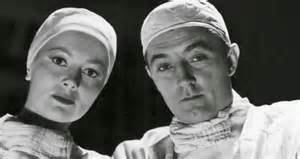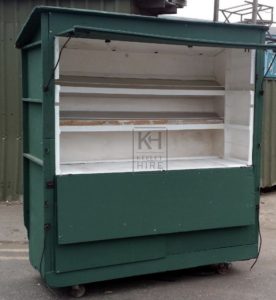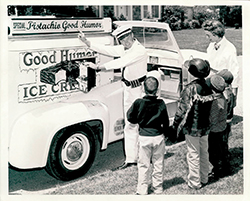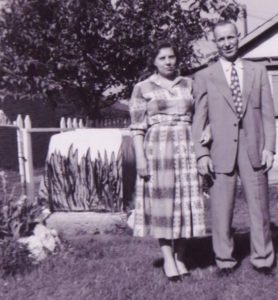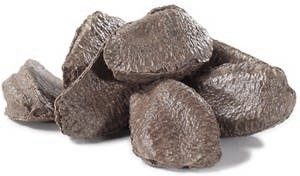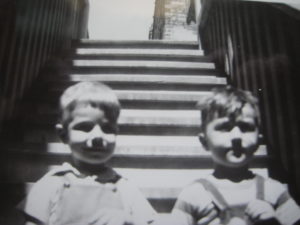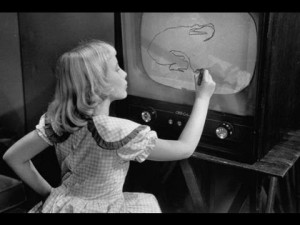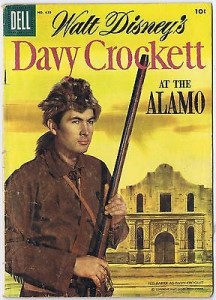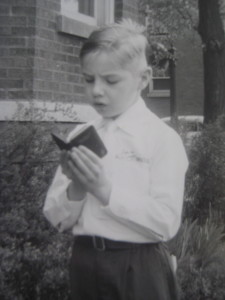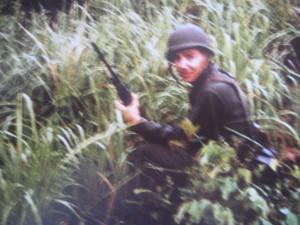I was ten years old. It was a summer’s afternoon in 1955 when my Aunt Bonnie visited my mom. My cousin was with my uncle (I’m not sure where, although it could have been the milk route) and she was by herself.
The reason was because the Will Rogers theater was showing a film, “Not as A Stranger.” It was a melodrama, kinda love story mixed with the medical profession, and starred Robert Mitchum, Olivia DeHaviland and Frank Sinatra. Back then, matinees were 50 cents for adults and a quarter for kids.
No need to wonder that Aunt Bonnie (as well as mom) would go see the movie even if it were a comedy for a dollar, if that’s who was starring! I believe Aunt Bonnie was trying to persuade mom to go with her but failed since my two sisters were around someplace.
As a ten year old kid, a chance to go to the movies was a blessing, so I asked if I could go and mom said yes after Aunt Bonnie said it was okay. That was her big mistake.
Not knowing what the movie was about, sitting in the darkened theater with my box of popcorn, I was happy just to be there. But not for long.
The movie was in black and white, shadowy, a film noir genre, but even that was okay, it kinda gave an ominous feel to the experience. Unfortunately, for Aunt Bonnie, it was not too long into the film when my senses were shocked by a medical autopsy scene.
The covered body was rolled down a corridor and into a room which turned out to be an arena of interns. The old doctor comes out and announces he is going to dissect the corpse, flipping the sheet and exposing the body. I really didnt want to see that. I hid my eyes.
As I imagined what was taking place on the screen (which was probably worse than the actual images), I kept telling Aunt Bonnie I wanted to get out of there. She tried to persuade me that the scene was over and I could relax and watch the rest of the movie (I’m certain she really didn’t want to leave).
I think I started crying and said I would wait outside for her. This was her cue to give up and escort me out of the theater, still clenching a half empty box of popcorn.
I dont remember what we talked about on the walk back to my house. I think she was trying to reassure me that they didnt show the internal organs of the patient and that it was all just make believe. For me, make believe was giant ants and grasshoppers sneaking up behind unsuspecting victims, not real dead people in a hospital.
Even today, when I think about it, I robbed my aunt of a rare day to herself where she could have immersed herself in the adult themed movie, enjoying the actors and actresses transporting her to a fictional world of drama for an hour and a half. I ruined that for her. I hope she went back and was able to see it without the interruptions of a scared ten year old who never should have gone in the first place.
I decided I would stick to Saturday kids features and cartoon frolics. And…stay out of hospitals as much as possible.
